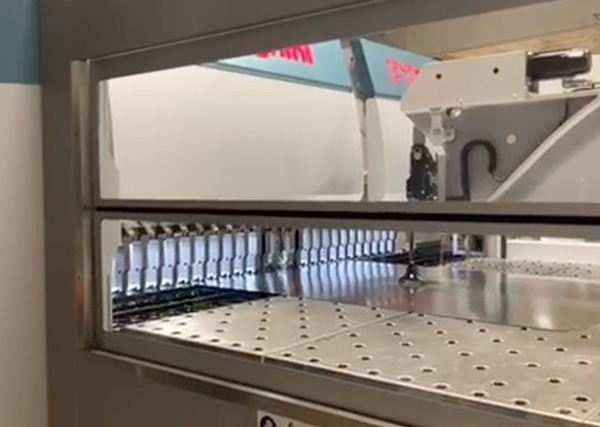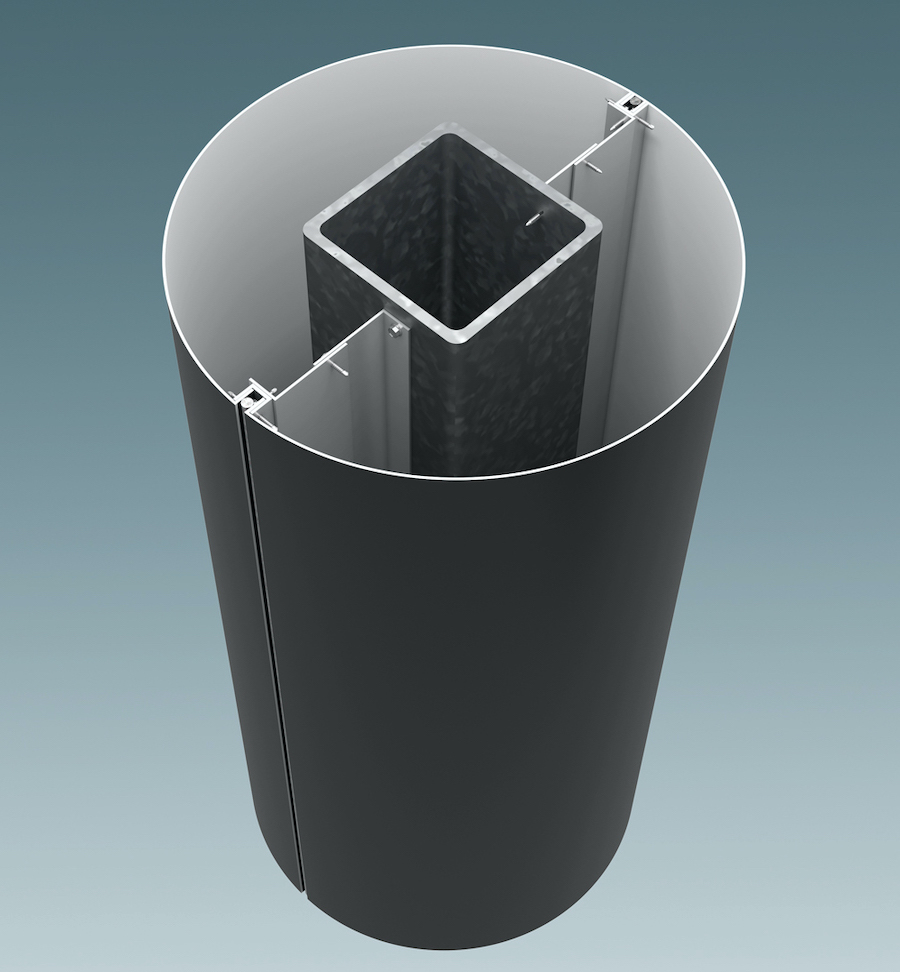How The Modern Fabricator Helps Effectively Choose The Total Wall Assembly

After the architect and fabricator have reviewed the surface options and decided which meet their criteria for performance, aesthetics, and cost, it is time to move on to choosing how the chosen materials can be most effectively attached to the exterior building envelope. This again is the area where the modern fabricator can be most effective in helping the architect with his like mind solution-driven mandate.

It is the fabricator who has historically, and uniquely, possessed the technical expertise to solve the architect’s project needs. Building codes and environmental issues are constantly being modified, requiring the fabricator to keep pace with its ever-changing momentum. It is the fabricator who invests heavily in funding and manpower in the research and development of the total wall assembly, to create, modify, and deliver the most accurate and compliant attachment system in the market.

When it comes to total wall assembly testing, it is of paramount importance that the cladding system meet or exceed all project specific requirements for performance and adherence to both local and International Building Code (IBC) standards. Depending on the chosen system, the fabricator should be able to clearly identify what tests and procedures were completed internally and which utilized independent and accredited third-party assistance. Currently one the most critical issues in global architecture is the area of fire-safety and cladding combustibility. Manufacturers are tasked with making sure that their materials are compliant with the NFPA 285 fire requirements. But it is the fabricator that is tasked with ensuring that the entire total wall assembly is fully tested and compliant.
Currently one the most critical issues in global architecture is the area of fire-safety and cladding combustibility. Manufacturers are tasked with making sure that their materials are compliant with the NFPA 285 fire requirements. But it is the fabricator that is tasked with ensuring that the entire total wall assembly is fully tested and compliant.

CEI Materials, as a truly modern fabricator, has invested in making sure that all its numerous systems are NFPA 285 Compliant, and all meet the stringent requirements set by the International Building Codes (2015 IBC Section 1403.5 & Section 2603.5.5).

Building aesthetics are also changing with the design emergence of multiple façade materials sharing exterior wall space. Again, it is the fabricator who determines how these dissimilar materials can work together in visual harmony. It not only requires technical knowhow, but also the capability to fabricate intricate parts and pieces into the most precise and accurate attachment solutions.

Another area of growth is in prefabricated solutions. The benefits of this approach include safety, shorter lead times, less site disruption and a better-quality finished product. CEI Materials is able to use their technical expertise and in house technologies to build these modular structures with the same materials to the same building codes and architectural specifications as traditional construction.

At CEI Materials we understand that architecture is constantly moving to keep up with societal and environmental demands and as such, we must continue to invest time and money into producing the best performing and technically accurate solutions for our customers.





.png)
